The West Kowloon Cultural District integrates art, culture and lifestyles to provide Hong Kong with a cultural oasis in the middle of a concrete jungle. The Palace Museum, situated on the western side of the Cultural District, is like a crown jewel that shines brilliantly.
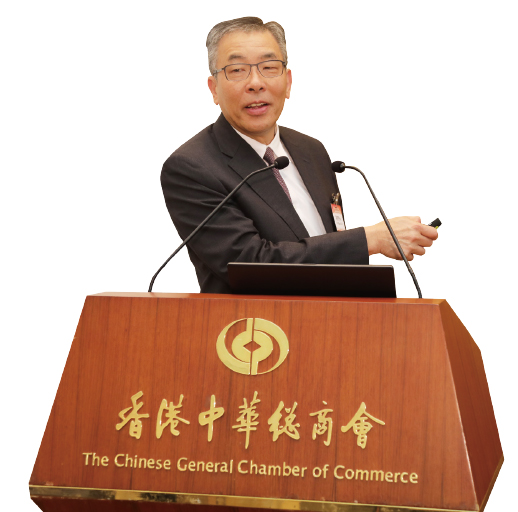
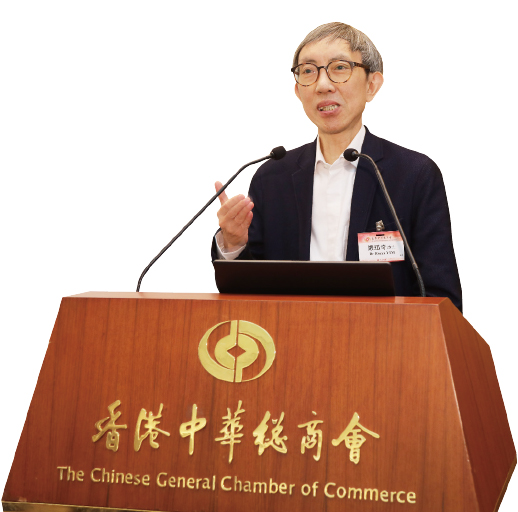
 During the symposium held by the Cultural Industries Committee, Young Executives’ Committee and Ladies’ Committee of the Chamber, William Chan, Chief Operating Officer of the West Kowloon Cultural District Authority, stated that overall area of the District’s main building is 850,000 square meters, of which 40% is used for cultural and culturally related purposes. The remaining 60% is used for food and beverage, hotels and residential purposes, while emphasizing that the concept of the West Kowloon Cultural District is to use the revenue from this 60% for its operating capital. The Cultural District is a long-term project and this move will benefit its operation and development for a long time to come.
During the symposium held by the Cultural Industries Committee, Young Executives’ Committee and Ladies’ Committee of the Chamber, William Chan, Chief Operating Officer of the West Kowloon Cultural District Authority, stated that overall area of the District’s main building is 850,000 square meters, of which 40% is used for cultural and culturally related purposes. The remaining 60% is used for food and beverage, hotels and residential purposes, while emphasizing that the concept of the West Kowloon Cultural District is to use the revenue from this 60% for its operating capital. The Cultural District is a long-term project and this move will benefit its operation and development for a long time to come.
A modern museum to showcase the culture of the Forbidden City
The Hong Kong Palace Museum will display Chinese cultural and artistic collections from the Palace Museum. As a platform meant to showcase these treasures, the design and architecture of the museum was especially important. Rocco Yim, Design Consultant for the Hong Kong Palace Museum and Executive Chairman of Rocco Design Architects, pointed out that due to the limited amount of space in Hong Kong, it was impossible to build anything that would be as suitable as the Palace Museum in Beijing. He describes the Hong Kong Palace Museum as a “modern museum to display the culture of the Forbidden City”, which has given it the following unique qualities: an expression of Hong Kong’s metropolitan culture, China’s traditional literary culture and China’s traditional spatial culture.
Yim believes that the location of the Palace Museum is steeped in meaning: The opera center located in the eastern side of the West Kowloon Cultural District; the M+ Museum located in its center; and the Palace Museum located in its western side form an axis and the Palace Museum serves as a final accent to the entire district along this central axis.
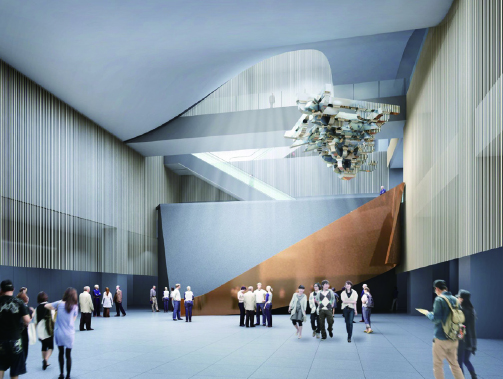

When talking about the external design of the Palace Museum, Yim said that it is unimportant whether it looks like a ceremonial vessel, but that it has a presence. “Chinese culture emphasizes spirit over form and the presence of that spirit is what is important. But what is the spirit of Chinese culture? It is the exchange between bearing, balance, base tones and colors, along with a reserved elegance.”
Delving into the depths of the Forbidden City
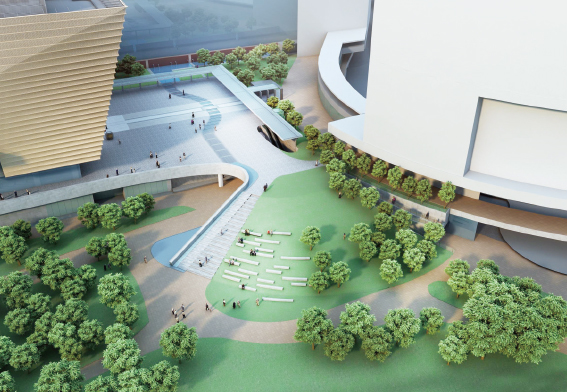 With 7,600 square meters, collections displayed include items made of gold, bronze, jade, paintings, ceramics as well as objects from everyday palace life. Yim emphasized that how space is used is fundamental to a building’s design. Inspired by traditional Chinese spatial culture and the Palace Museum in Beijing, he has used a layered display format along a central axis deeper and deeper through successive courtyards to lure visitors to explore the museum.
With 7,600 square meters, collections displayed include items made of gold, bronze, jade, paintings, ceramics as well as objects from everyday palace life. Yim emphasized that how space is used is fundamental to a building’s design. Inspired by traditional Chinese spatial culture and the Palace Museum in Beijing, he has used a layered display format along a central axis deeper and deeper through successive courtyards to lure visitors to explore the museum.
The uniqueness about this kind of space is that it pervades the museum’s design to its very core. However, Yim also points out that while the Palace Museum in Beijing is spacious and open, the limited space in Hong Kong means that the central courtyard of the museum had to expand upward, attracting visitors to take a vertical perspective. He summed up by saying that the space truly focuses on the visitors, integrating both indoor and outdoor elements with the hope that visitors will place themselves within it and gain a different outlook on their city.
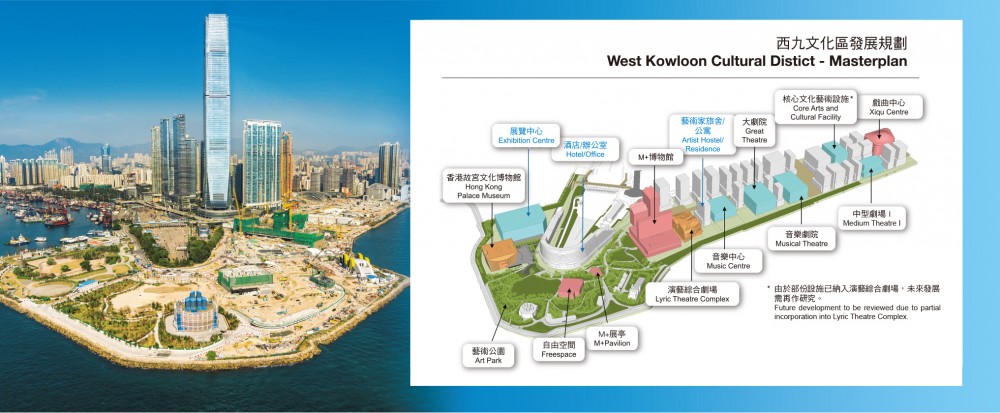
Integrating art and commerce
The West Kowloon Cultural District has a broad range of facilities. In addition to the Palace Museum, the M+ Museum has also received great attention. Chan pointed out that M+ mainly displays art, design, architectural and video works from the 20th and 21st centuries and will be completed in 2019. The Xiqu Centre, which is connected directly to the high-speed rail terminal, will play host to world-class opera and stage performances including Cantonese, Peking and other operatic genres. The Xiqu Centre is scheduled to go ‘on stage’ by the end of this year.
 The ACE Exhibition Center located next door to the Palace Museum will operate based on an all-new ‘art-commerce-expo’ model. Chan explained that there will be nearly 47,000 square meters of exhibition space with office space. Cooperation with developers will be confirmed by the end of this year and construction is expected to be completed in 2022. He hopes that business opportunities developed through the arts will bring life to the district and integrate all three of these elements.
The ACE Exhibition Center located next door to the Palace Museum will operate based on an all-new ‘art-commerce-expo’ model. Chan explained that there will be nearly 47,000 square meters of exhibition space with office space. Cooperation with developers will be confirmed by the end of this year and construction is expected to be completed in 2022. He hopes that business opportunities developed through the arts will bring life to the district and integrate all three of these elements.




